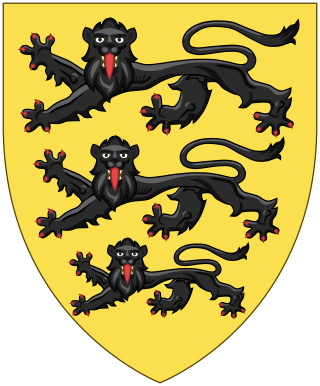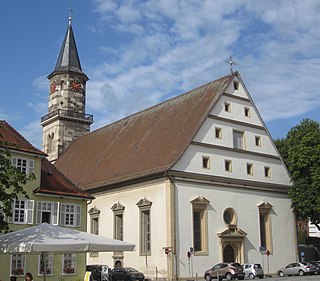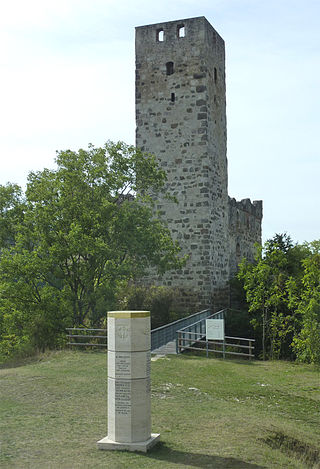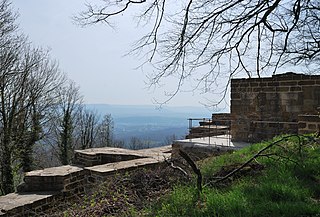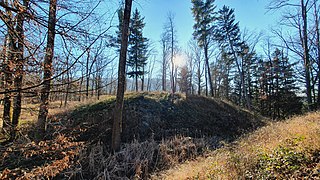6 Sights in Göppingen, Germany (with Map and Images)
Legend
Welcome to your journey through the most beautiful sights in Göppingen, Germany! Whether you want to discover the city's historical treasures or experience its modern highlights, you'll find everything your heart desires here. Be inspired by our selection and plan your unforgettable adventure in Göppingen. Dive into the diversity of this fascinating city and discover everything it has to offer.
1. Staufer-Denkmal
The Hohenstaufen dynasty, also known as the Staufer, was a noble family of unclear origin that rose to rule the Duchy of Swabia from 1079, and to royal rule in the Holy Roman Empire during the Middle Ages from 1138 until 1254. The dynasty's most prominent rulers – Frederick I (1155), Henry VI (1191) and Frederick II (1220) – ascended the imperial throne and also reigned over Italy and Burgundy. The non-contemporary name of 'Hohenstaufen' is derived from the family's Hohenstaufen Castle on Hohenstaufen mountain at the northern fringes of the Swabian Jura, near the town of Göppingen. Under Hohenstaufen rule, the Holy Roman Empire reached its greatest territorial extent from 1155 to 1268.
2. Stadtkirche
The town church of Göppingen is located in the middle of Göppingen city centre north of the main street and south of the castle. It is the main church of the Protestant church district of Göppingen of the Evangelical Church in Württemberg, belongs to the city church community of Oberhofen, is the largest Protestant Renaissance church in the German-speaking area and the easternmost station on the Heinrich Schickhardt Cultural Route of the Council of Europe, which was officially certified until 2010. Today, in addition to central and special church services, it mainly hosts concerts, lectures, youth culture days of the schools (school@church) and exhibitions. In addition, the Evangelical Youth Office of the Göppingen district regularly organises the youth services "up" there. "Festive, discreetly solemn and in a certain way even cheerful, these are the characteristics that give the interior of the Göppingen city church its character today."
3. Stauferstele
Staufer steles are octagonal memorial stones that commemorate the Hohenstaufen dynasty, who were Roman-German kings and emperors in the High Middle Ages. The sculptor of these monuments is Markus Wolf from Stuttgart-Plieningen.
4. Burgruine Hohenstaufen
Hohenstaufen Castle is a ruined castle in Göppingen in Baden-Württemberg, Germany. The hill castle was built in the 11th century, on a conical hill between the Rems and Fils rivers in what was then the Duchy of Swabia. It was the seat of the Staufer (Hohenstaufen) dynasty, the Dukes of Swabia for the period of 1079–1268, with three Holy Roman Emperors during 1155–1250. The castle was destroyed in the German Peasants' War of 1525.
5. Hohenstaufen
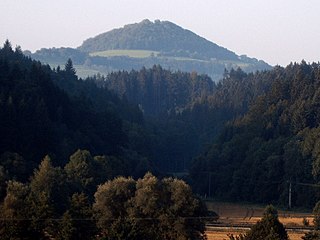
Hohenstaufen is a mountain in the Swabian Jura with an elevation of 684 metres (2,244 ft). It and two nearby mountains known as Rechberg and Stuifen together constitute the so-called "Three Kaiser mountains". The Hohenstaufen is easily visible from the little town of Lorch. The mountain towers over the forests that have overgrown the ruins of the Hohenstaufen Castle, the seat of the former House of Hohenstaufen.
6. ehem. Burg Zillenhart
Zillenhart Castle is a former hilltop castle, about 700 m southwest of the church of Ursenwang on the 425.6 m above sea level "Schlossbuckel", near the Zillenhart desert in the district of Göppingen in Baden-Württemberg, which belongs to the municipality of Schlat.
Share
How likely are you to recommend us?
Disclaimer Please be aware of your surroundings and do not enter private property. We are not liable for any damages that occur during the tours.
